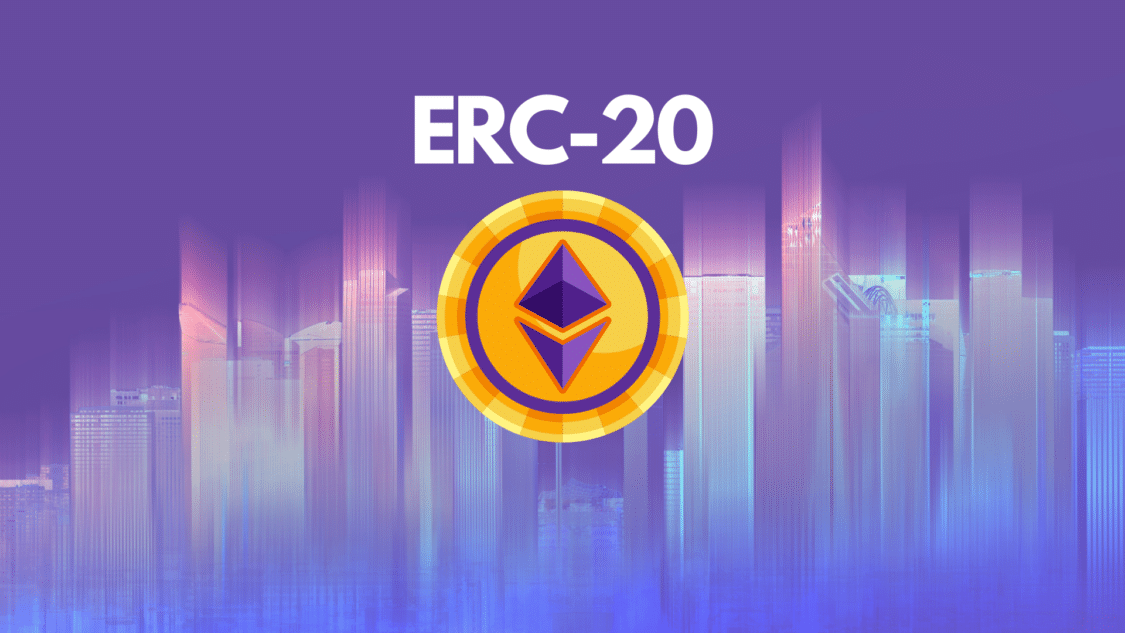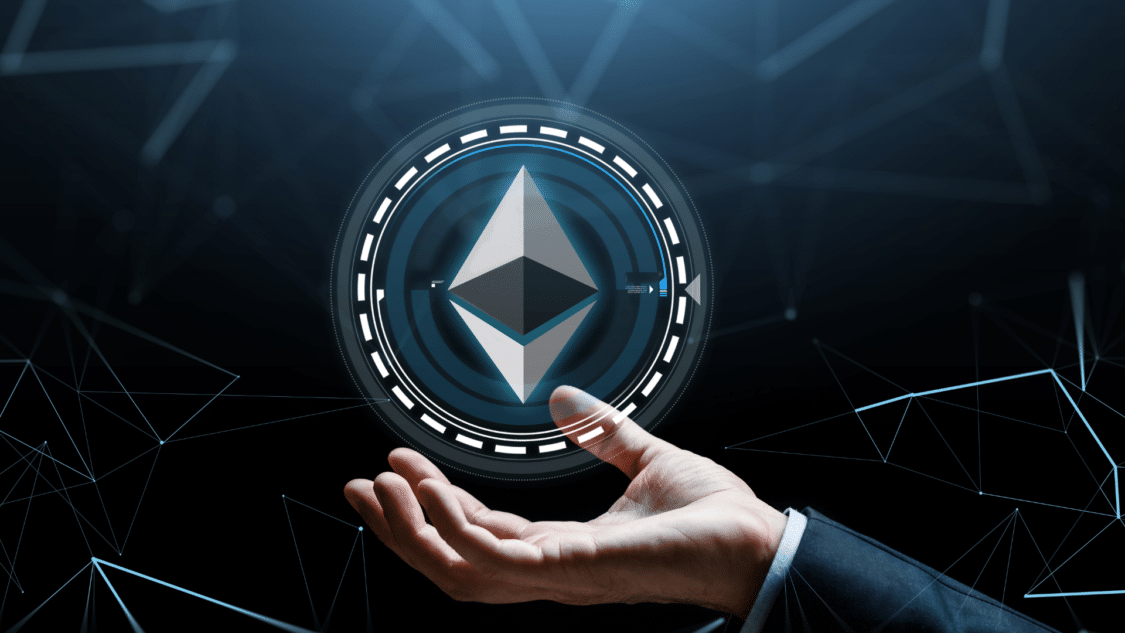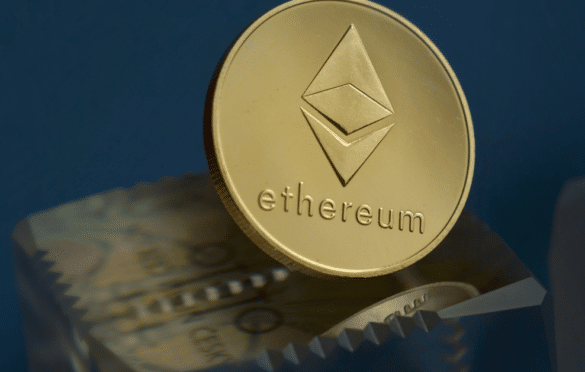ERC-20 is one of the essential Ethereum coins. ERC20 is a standard that allows developers to create tokens within the Ethereum network. It has made it efficient for businesses to establish blockchain goods rather than creating their coin. ERC-20 has emerged as the technical standard in all smart contracts on the Ethereum blockchain and specifies a set of rules that all Ethereum-based tokens must follow.

What Does ERC-20 Mean?
ERC-20, also known as Ethereum Request for Comments 20. This is a technical standard used for smart contracts on the Ethereum blockchain. Defining a set of guidelines to be followed by all Ethereum-based tokens to ensure their compatibility with the Ethereum network and other ERC-20-compliant tokens. The ERC-20 standard specifies a list of six functions that tokens must implement, including the ability to transfer tokens, get the current token balance of an address, and approve another address to spend tokens on one’s behalf. By conforming to the ERC-20 standard, tokens can be smoothly integrated with existing Ethereum wallets, exchanges, and other dApps (decentralized applications) that support ERC-20 tokens, making them more accessible and widely traded.
Where are they based?
The coins are based on the blockchain network. They share similarities with Bitcoin and Litecoin. They all have value and can be sent and received. Their most significant difference is that they run on the Ethereum network instead of their blockchain.
There are approximately 442,647 ERC-20 tokens on the Ethereum network as of August 2021. ERC-20 is of vital importance to the Ethereum tokens. Every token must follow these rules being that they pertain to its functionality. It includes how transactions get approved, how users access data about any tokens and their total supply of tokens.

What does it provide the system with?
As a result, this token enables all developers to precisely forecast how new coins will work inside the broader Ethereum system. This simplifies the task assigned to developers. They will no longer need to rewrite a project every time a new token comes out. Only as long as the token goes according to the rules. This compliance is also required since it assures compatibility across the numerous tokens generated on Ethereum.

Most token developers have gone and continue to align with the ERC-20 notion. Therefore, most tokens released through the Ethereum network are ERC-20 submissive. If a trader finds interest in purchasing digital currency under an ERC-20 token, their wallet must also be compatible with these tokens.
Is ERC20 the same as ETH?
ERC20 is not the same as ETH. ETH is the original crypto asset of the Ethereum blockchain. ERC20 is a technical standard for creating and implementing tokens on the network. These digital assets represent various things like digital currency, utility, or security tokens. While both ETH and the tokens exist on the Ethereum blockchain, they serve different intents and functionalities. ETH is used more for payment for transactions and gas fees on the network. At the same time, ERC20 tokens can serve many purposes depending on their specific use case.
What is the difference between ERC20 and TRC20?
ERC20 and TRC20 are technical standards for making tokens on their compatible blockchain platforms. ERC20 is the for tokens on the Ethereum blockchain, while TRC20 is the standard for tokens on the TRON blockchain.
The key difference between ERC20 and TRC20 is their blockchain technology. Ethereum uses a proof-of-work consensus algorithm, while TRON uses a delegated proof-of-stake consensus algorithm. This can impact various aspects of the two platforms, such as transaction speeds and costs. Another difference is the programming languages used to develop smart contracts on the two platforms. Ethereum works with Solidity, a popular language for developing decentralized applications (dApps), while TRON utilizes Java.
In functionality terms, ERC20 and TRC20 tokens have similarities. Firstly, they can transfer tokens between addresses and implement token sale events using smart contracts. However, there are differences in the specific features and capabilities of ERC20 and TRC20 tokens. Of course, depending on how developers implement them.
What’s the Difference Between ETH and ERC20?
ETH (Ether) is the native cryptocurrency on the Ethereum blockchain. The ERC-20, however, is a technical standard used for the purpose of creating tokens on the Ethereum blockchain. In simple terms, ETH is the cryptocurrency used to power transactions and operations on the Ethereum network, whereas ERC-20 is a set of technical standards explaining how tokens can be created and operated on the blockchain. ERC-20 tokens that follow these standards and are compatible with the Ethereum network. Therefore making them easier to manage and trade.
What are some examples of ERC20 tokens?
There are numerous examples of ERC20 tokens. Some of the most well-known ones include:
- Tether (USDT): a stablecoin pegged to the value of the US dollar.
- Binance Coin (BNB): a token used on the Binance cryptocurrency exchange.
- Chainlink (LINK): a decentralized oracle network connecting smart contracts to real-world data.
- Uniswap (UNI): a decentralized exchange that enables the trading of ERC-20 tokens.
- Aave (AAVE): a decentralized lending and borrowing platform.
- Maker (MKR): a decentralized platform allowing users to create stablecoins.
- Compound (COMP): a decentralized lending and borrowing platform.
These tokens are just some of the many examples of the many ERC-20 tokens that are available. Each ERC-20 token has its unique purpose and function within the Ethereum ecosystem.
What are the benefits of using ERC-20 tokens over other payment methods?
ERC-20 tokens can be used on any Ethereum-based platform or wallet, providing an impossible level of interoperability compared to traditional payment methods. In addition, ERC-20 tokens are secured by the Ethereum network, making them less accessible to hacks and fraud than other payment methods. These tokens are decentralized and operate on the Ethereum blockchain; therefore, they are not controlled by a single entity or organization. Reducing the risk of censorship, as a centralized authority cannot stop or reverse transactions.
Lastly, ERC-20 tokens are programmable, meaning developers can create smart contracts and other applications that utilize the tokens. This opens up many possibilities for businesses and developers, such as creating loyalty programs or exchanging tokens within platforms.
What are some common use cases for ERC-20 tokens?
- Payment Tokens: ERC-20 tokens can be used as a means of payment for daily purchases. They provide a fast and secure way to transfer value without the use of intermediaries.
- Governance Tokens: ERC-20 tokens can be used for community decision-making and voting. This gives users a voice in the expansion and management of decentralized applications.
- Utility Tokens: In a decentralized application, ERC-20 tokens may be used to gain access to particular features or services like premium content, storage capacity, or computing power.
- Security Tokens: ERC-20 tokens can represent ownership in a company or project. This opens new doors to raise capital and invest in unique ideas.
- Non-Fungible Tokens (NFTs): ERC-20 tokens can be used as a base for creating NFTs.
The future of ERC-20 tokens is great. It is opening doors for various applications and industries that can implement their benefits.
As the Ethereum ecosystem continues to evolve, new use cases will come to the surface. Its potential to transform industries and businesses is great. With ongoing developments in the blockchain industry and the increasing demand for decentralized solutions, ERC-20 tokens will likely remain an impactful force in the crypto world for the coming years.
Is transferring ERC-20 tokens from one wallet to another easy, and what are the fees involved?
Transferring ERC-20 tokens from one wallet to another is relatively easy and self-explanatory. Most crypto wallets supporting Ethereum and ERC-20 tokens provide a user-friendly interface making it simple for traders to send and receive tokens. To transfer ERC-20 tokens, you need to know the recipient’s wallet address and the number of tokens you want to send. The transfer can then be started from your wallet, and the transaction can be verified using your private key or other security methods.
Fees are involved when transferring ERC-20 tokens, just like any other cryptocurrency transaction. These fees are paid to the Ethereum network to compensate miners for the work of verifying and processing transactions. The fees, known as gas fees, vary for many reasons, such as the congestion of the network and the level of transaction difficulty. The gas fee for ERC-20 generally tends to be lower than Ethereum.
To avoid paying excessive gas fees, you can choose to adjust the criteria of your transaction. By setting a lower gas price or gas limit, you can significantly reduce the cost of the transaction. However, it may take longer to confirm. Conversely, setting a higher gas price or limit can speed up the transaction but will be more expensive.
Closing Thoughts:
In conclusion, ERC20 tokens have significantly impacted the cryptocurrency industry’s growth, especially in decentralized finance. These tokens have standardized creation and deployed new tokens on the Ethereum network. Paving the way for developers to create new projects and for users to interact with them. ERC20 tokens have paved the way for new creations, such as non-fungible tokens (NFTs). However, ERC20 tokens, like any asset, have scalability risks and high gas fees. Nonetheless, with ongoing developments in the Ethereum ecosystem and the cryptocurrency industry, ERC20 tokens are likely to continue to be a significant force in the future of decentralized finance.
As the demand for DeFi grows, ERC20 tokens will likely gain more popularity as more projects and applications are being developed for different use cases. Additionally, the Ethereum network is growing and improving, with the upcoming Ethereum 2.0 upgrade expected to solve the scalability issues and high gas fees connected to ERC-20 tokens.
For more news updates, visit our homepage now and see our latest news article. Want to learn more about trading? Visit our education page now and learn for FREE!

